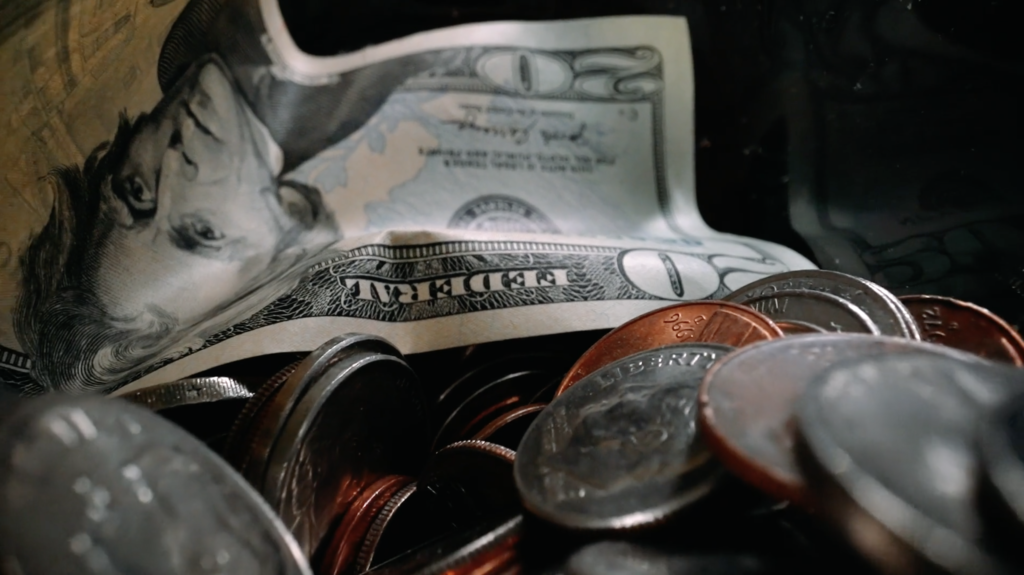As the internet has grown, so has the amount of content. In fact, there are an estimated 2.6 billion websites online today. That’s a lot of competition for you as a content creator to stand out from the crowd and make money for your hard work (and it’s a lot for your audience to keep track of). So, how can content creators get paid for their efforts? In order to answer that question, we’ll take a look at some of the most popular monetization strategies that content creators use to get paid for their work and reward their audience for reading it.
Patreon
Patreon is a revolutionary platform that gives content creators the ability to earn consistent income by providing their supporters with exclusive content for a monthly pledge. The platform allows fans to become patrons of their favorite artists and content creators, who then create exclusive content and rewards for their patrons in return.
Patrons can pledge any amount they choose per month and receive exclusive rewards (such as behind-the-scenes video updates, live streams, and more). There are no limits on how much they’re able to pledge or how often they can pledge — it’s up to them how much they want to invest in their favorite content creators!
Partner Programs
Each of the major platforms have their own take on how they pay creators: YouTube’s Partner Program, TikTok’s Creator Fund and live gifts, and Instagram has In-Stream Video Ads.
YouTube Partners Program
The YouTube Partner Program is a way for creators to earn money from their videos on YouTube. If you have 10,000 views or more per month across all your channels, then you can join this program. Once you become a partner, you can monetize your videos through advertising. The amount that you earn is based on the number of views that your video receives. Not only do you get paid for each view, but if someone watches 30 seconds or more of your video, they are likely to see an ad at some point during their viewing experience.
TikTok has committed to $1 billion (over the next three years) that is to be distributed amongst those who apply and qualify. Creators that are at least 18 years old, have at least 10k followers, have at least 100k video views in the last 30 days, and “post self-created authentic content that speaks to [TikTok’s] mission of inspiring joy and creativity,” can split this bountiful pot.
Unfortunately, the creator fund has been met with tons of criticism, putting pressure on TikTok to formulate a better plan. This has led to creation of TikTok Pulse, which finally gives a wider selection of creators a viable path to monetization.
Brand Sponsorships
Finding brands that align with your content or values can be fruitful, especially if you have a large audience.This strategy will be similar for creators across all platforms. Brands will pay content creators for social media posts, product reviews, and sponsored posts.
Some brands have a reputation for paying content creators well; others don’t have much of an incentive beyond getting free advertising from influencers who promote products without being compensated for their efforts (which isn’t cool). To find out which companies are willing to pay their creators well, look at which ones already do so in the space where you want to build a career as a paid influencer.
Affiliate Links
Affiliate links work by giving you a commission every time someone makes a purchase through a personalized link, perfect for you product reviewers out there! If you’re an expert at something — such as cooking or home decorating — you might consider creating an affiliate marketing campaign for related products like cookware or furniture. With affiliate marketing programs, companies pay you a commission when someone makes a purchase through one of your links (which could be in an article or video description). The commissions range from 0% to 75% depending on the product category and service type and are usually based on sales volume or revenue generated. You can also earn a commission by promoting your own products, but this is more difficult to do on Amazon than in other places.
Merchandise
Selling your own merch has been the go-to method for creators for decades, often having the best profit margins. Merch can be anything from T-shirts to hoodies, and everything in between. You can also sell things like art prints or posters and even subscription boxes where people pay up front every month for new stuff they receive.
If you have no experience with selling your own merch, there are plenty of sites that make it seamless for the uninitiated. For example, DropKit is an ecommerce platform that allows you to sell your merch online without the hassle of setting up a website or dealing with customer service issues.
As you can see, it’s not hard for content creators to get paid for your work, but it does require some effort. You’ll need to put in the time to develop a great concept, and you may have to pitch things multiple times before you get something published. But if you’re willing to do the work, you can still make money as a content creator.


